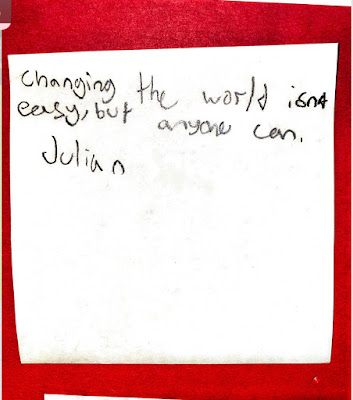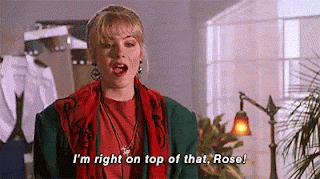The Covid-19 pandemic has turned the education world upside down in so many ways. Schools have had to shut down, parents have had to take on the role of homeschool teachers, and even traditional educators have had to find ways to adapt to a digital environment.
 |
| During the waning days of the pandemic, I spent a few afternoons with colleagues and friends in a small park in Queens (the so-called "Landing Lights Park," where we could socialize while maintaining distance. |
Before the pandemic, creating a digital resource for students might have been seen as innovative but only sometimes necessary. After all, printable worksheets and textbooks have been the norm for so long, and they still work just fine. But the pandemic has forced us all to think outside the box and develop new ways to reach our students and ensure they still receive a quality education.
For those of us who are old-school teachers, the transition to a digital environment has been challenging. We've had to learn new technologies, figure out how to use them effectively in our classrooms, and adapt our teaching styles to fit this new format. It's been a challenge, to say the least.
But despite these challenges, the shift to digital resources has been a good thing for education. For one thing, it's made it easier for students to access materials and resources from anywhere. No longer are they tied to a physical classroom or limited by the resources available at their school. They can access a wealth of information and resources online, which has opened up a new world of learning opportunities.
Additionally, digital resources are often more interactive and engaging than traditional print materials. They can include videos, animations, simulations, and other multimedia elements to help students better understand and retain the material. And because they are often more interactive, they can also be more fun and engaging for students, which can help keep them motivated and interested in their studies.
While the shift to digital resources has not been without its challenges, I believe it has been a net positive for education. It has made it easier for students to access materials and resources and has opened up new opportunities for interactive and engaging learning experiences. As we move forward in the post-pandemic world, I hope that we can continue to embrace the benefits of digital resources and find ways to make education more accessible and engaging for all students.










